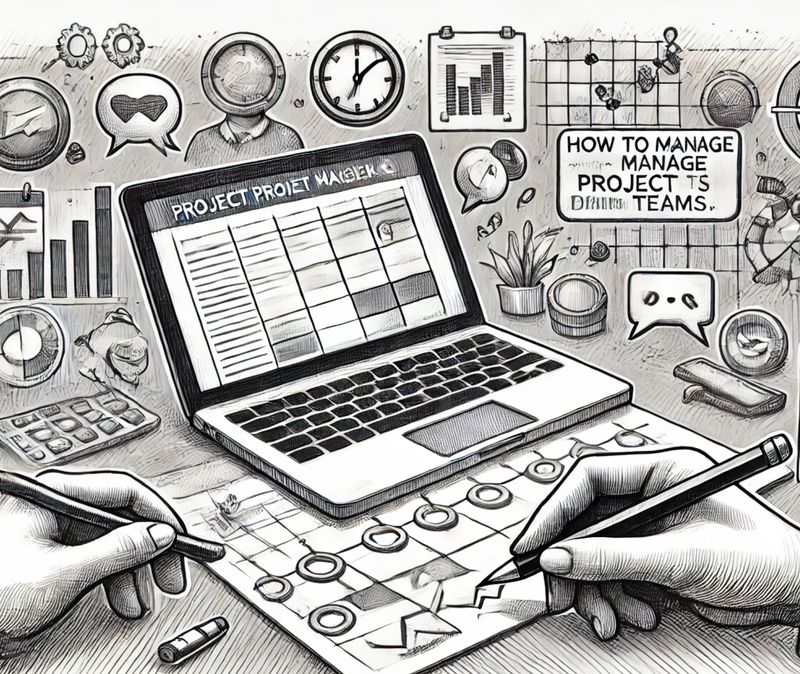The Role of Analytics in Project Management

Understanding the Basics of Analytics in Project Management
Analytics in project management is all about using data to make smarter decisions. Whether it’s tracking progress, forecasting risks, or measuring team performance, understanding key metrics can drastically improve project outcomes. At its core, analytics simplifies complex information, helping project managers identify patterns, predict challenges, and optimize processes.
For example, imagine you are managing a software development project. You track sprint completion times for two weeks and notice that tasks are consistently delayed by two days. This insight helps you pinpoint bottlenecks, such as a resource shortage or communication breakdown, enabling you to make timely adjustments.
Analytics tools like dashboards and performance trackers can simplify this process. Another example is using a tool to monitor your project’s budget. Suppose you find that you’ve spent 60% of your allocated funds halfway through the project timeline. This data signals the need to revise your financial plan or identify areas to cut costs without compromising quality.
Analytics also helps with stakeholder communication. Presenting data visually—like charts or progress reports—keeps everyone aligned. For instance, during a project meeting, you share a graph showing how productivity improved after implementing a new workflow, reinforcing your leadership and transparency.
Key Areas Where Analytics Boosts Project Success
Integrating analytics into specific project phases enhances efficiency and accountability. Here are three key areas where analytics plays a pivotal role:
Planning Stage
Analytics helps set realistic goals and timelines by examining past project data. For example, if historical data shows that similar projects took six months, planning a three-month timeline may lead to failure. Instead, use analytics to break tasks into achievable milestones based on historical insights and resource availability.
Risk Management
Predictive analytics identifies potential risks before they escalate. For instance, if data reveals a pattern of delays when tasks are assigned to overloaded team members, you can redistribute workloads proactively. Another example is using analytics to monitor market trends during a product launch project. If demand for a particular feature drops, you can pivot your strategy accordingly, avoiding wasted resources.
Performance Evaluation
Tracking individual and team performance with analytics fosters accountability. If data shows that one team member consistently exceeds their deadlines, address the issue through training or workflow adjustments. Conversely, analytics can highlight high-performing employees who deserve recognition or promotion.
By focusing on these areas, project managers can ensure their decisions are data-driven, improving project outcomes and team satisfaction.
How to Get Started with Analytics as a Beginner
For those new to analytics, the idea of working with data can feel overwhelming. Start with small steps and build your skills gradually.
First, choose the right tools. Beginner-friendly platforms like Trello, Asana, or Google Sheets provide basic analytics features such as progress tracking and task assignment summaries. As you gain experience, you can transition to more advanced tools like Power BI or Tableau, which offer in-depth data visualization.
Second, focus on collecting relevant data. For example, track metrics such as project deadlines, resource allocation, and budget utilization. Avoid gathering unnecessary data that doesn’t contribute to decision-making, as this can lead to confusion.
Third, interpret data with context. Numbers alone don’t tell the whole story; always consider the project’s unique circumstances. For instance, if your data shows low team productivity, investigate whether external factors, like overlapping deadlines or personal challenges, are influencing performance.
Finally, learn to present your findings effectively. Use clear visuals and concise explanations to share insights with your team or stakeholders. For example, instead of overwhelming stakeholders with raw data, present a pie chart that breaks down resource allocation, followed by a brief explanation of its implications for project success.





